Food Production & Famine
Food Production & Famine
Radical changes in farming practices will accompany shifts in arable land due to temperature rise, vertical farms and lab-grown proteins. Feeling Hungry? Listen or scroll for more on:
- Our Farmland is Disappearing
- Megadroughts in the Western US
- Extreme Weather Events Cost Trillions
- Farming will need to adapt
- Lab Grown Protein will replace animal products
- Vertical Farming and Supply Chain Automation
Our Farmland is Disappearing
The Earth has lost one-third of our arable farmland over the last 40 years alone due to erosion, pollution, overworking and global warming. The FAO in 2011, reported the decline of 54 million ha of arable land, in developed countries, like North America, Europe, and some South Asian countries. The projections of this study foresee a further slow decline in their arable area to 608 and 586 million ha in 2030 and 2050. How do we feed 9.7 Billion people in 2050 when we have less than half the farmland we had in 1980 when there was just 4.5 Billion population globally?
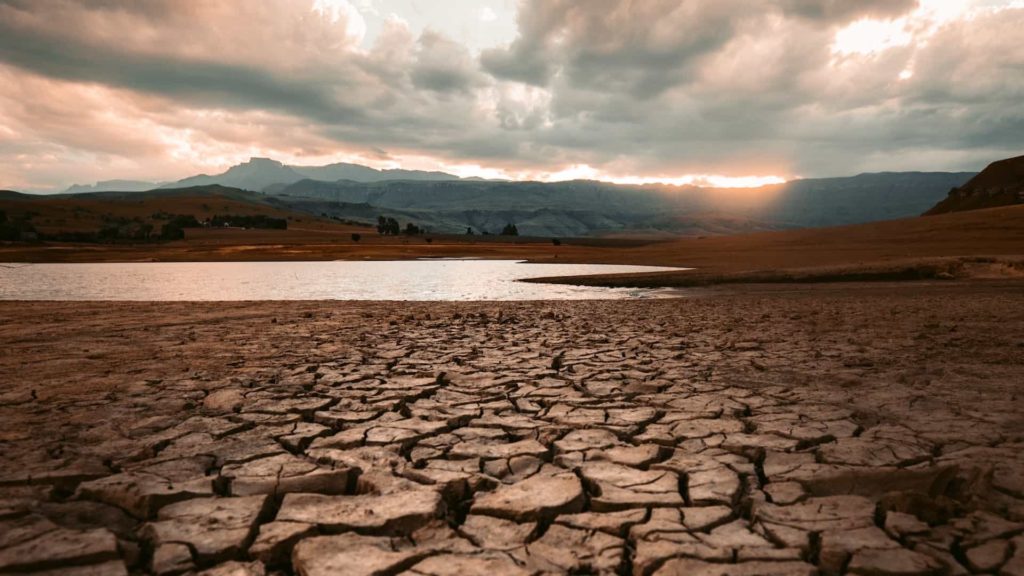

Our Farmland is Disappearing
The Earth has lost one-third of our arable farmland over the last 40 years alone due to erosion, pollution, overworking and global warming. The FAO in 2011, reported the decline of 54 million ha of arable land, in developed countries, like North America, Europe, and some South Asian countries. The projections of this study foresee a further slow decline in their arable area to 608 and 586 million ha in 2030 and 2050. How do we feed 9.7 Billion people in 2050 when we have less than half the farmland we had in 1980 when there was just 4.5 Billion population globally?
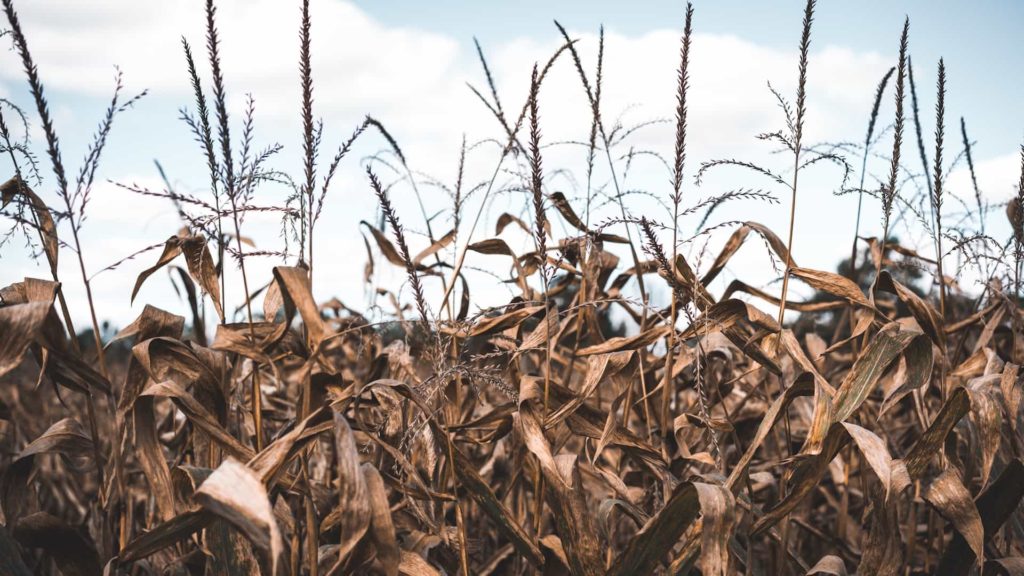
Megadroughts in the Western US
The Western United States is locked in an extreme drought this year that is one of the worst on record. The entire region of the Southwest is in the throes of a once in 1,000 year megadrought that has been going since the early 2000s. The current megadrought is the driest 20 year period since the last megadrought in the late 1500s, and the second-driest since the 800s.
Extreme Weather Events Cost Trillions
The U.S. has sustained 298 weather and climate disasters since 1980 where overall damages/costs reached or exceeded $1 billion (CPI Adjusted). The total cost of these 298 events exceeds $1.975 trillion (in 2021 USD$ dollars). In 1980 that meant 7 extreme weather events annually, but today the average is more than double that at 16.2 events per year and climbing.
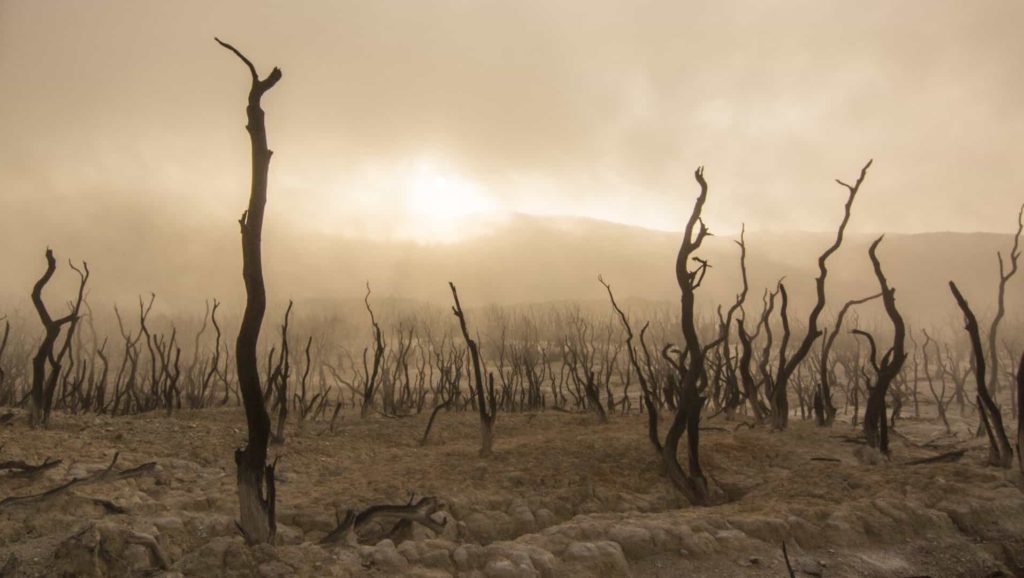

Extreme Weather Events Cost Trillions
The U.S. has sustained 298 weather and climate disasters since 1980 where overall damages/costs reached or exceeded $1 billion (CPI Adjusted). The total cost of these 298 events exceeds $1.975 trillion (in 2021 USD$ dollars). In 1980 that meant 7 extreme weather events annually, but today the average is more than double that at 16.2 events per year and climbing.
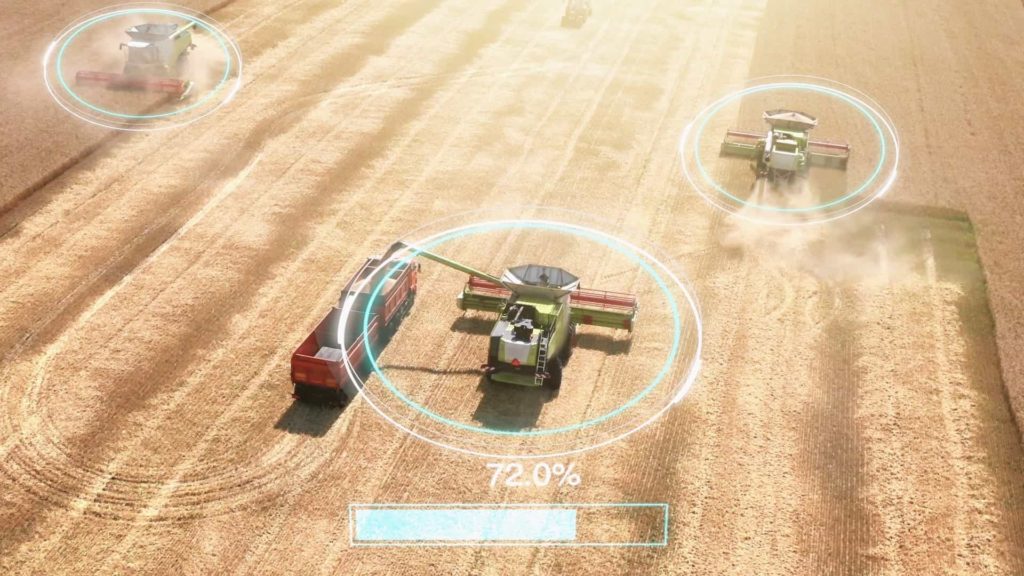
Farming will need to adapt
As a result of rising temperatures, crops grown for centuries in certain regions will become unsustainable in the coming decades. French wines account for 16% of wines produced worldwide and FRaance is the largest consumer of wine internationally. The French wine industry currently brings in 7.6 billion euros in exports and employs over half a million people, but up to 90% of crops in the Bordeaux region are at risk due to warming climate. Varieties like Merlot are set to simply disappear. But England is starting to benefit from warmer weather creating growth in vineyards and wine growing there.
Lab Grown Protein will replace animal products
Today, scientists and engineers around the world are “growing” meat and other animal products in labs. We expect that over the next few years mass production with 3D printers will be possible, allowing for precise customization (like the fat content of steaks) and even printing of entire animals, bones and all (Thanksgiving lab-turkey, anyone?). When these methods and the meat they produce become mainstream and available, we’ll have a new source of animal protein for food that is much better for the environment than current industrial farming. But work needs to be done before we get to that point
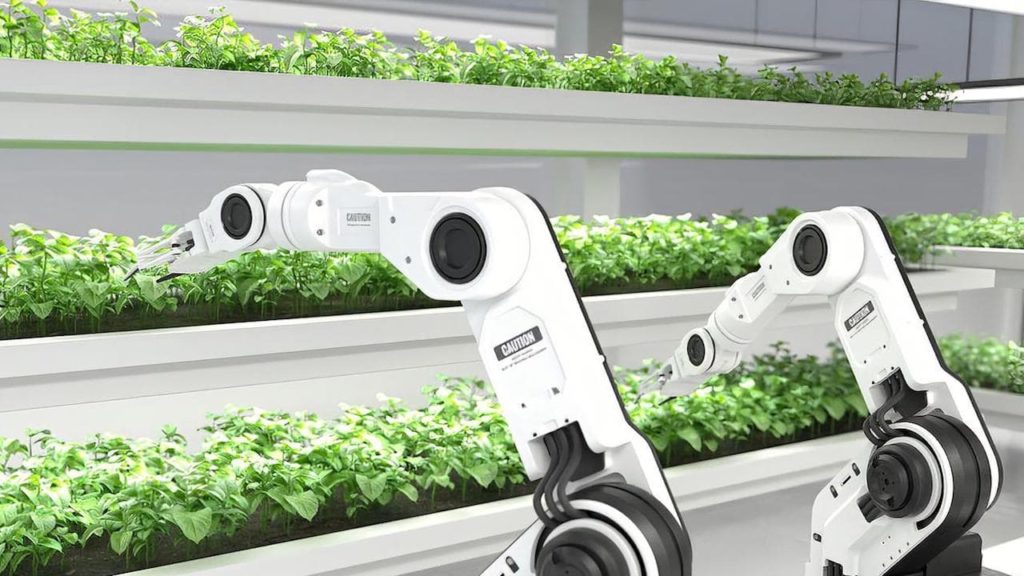

Lab Grown Protein will replace animal products
Today, scientists and engineers around the world are “growing” meat and other animal products in labs. We expect that over the next few years mass production with 3D printers will be possible, allowing for precise customization (like the fat content of steaks) and even printing of entire animals, bones and all (Thanksgiving lab-turkey, anyone?). When these methods and the meat they produce become mainstream and available, we’ll have a new source of animal protein for food that is much better for the environment than current industrial farming. But work needs to be done before we get to that point
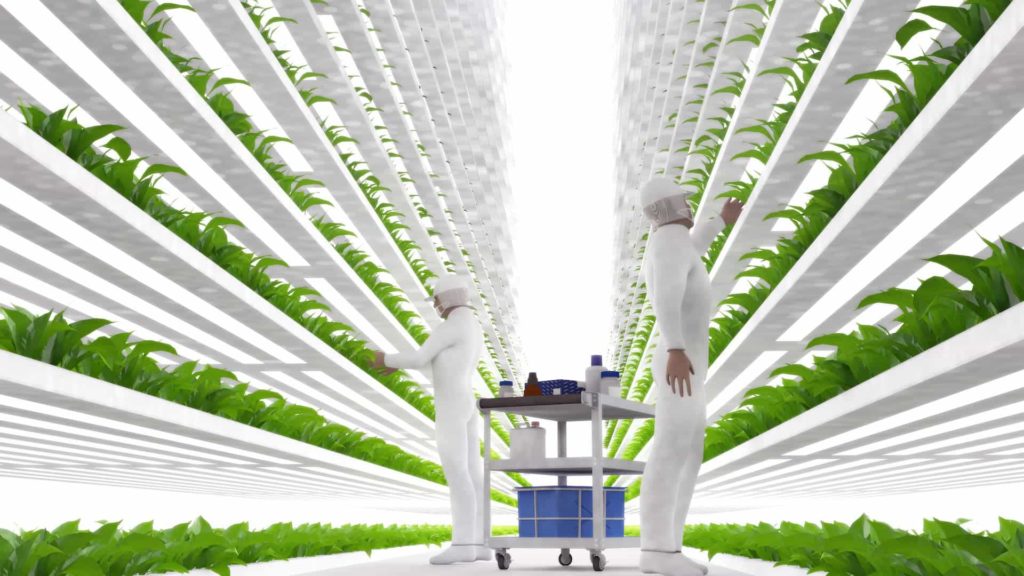
Vertical Farming and Supply Chain Automation
Agriculture generates 14.5% of greenhouse gases, consumes 70% of fresh water and occupies nearly 40% of the global landmass; climate change and population growth render this kind of resource consumption increasingly untenable. Instead we will turn to technology. Vertical farming, for example, can yield over ten times the crop per acre than traditional farming methods
“The intersections of agriculture, biotech, digital advances and wellness are transforming the US$5 trillion global food industry. Innovators are harnessing emerging technologies to design new ways to eat, responding to both to consumer trends and the imperative to improve the sustainability of the planet and human health.”Why your next big bet should be in food innovation, EYQ Report 2019